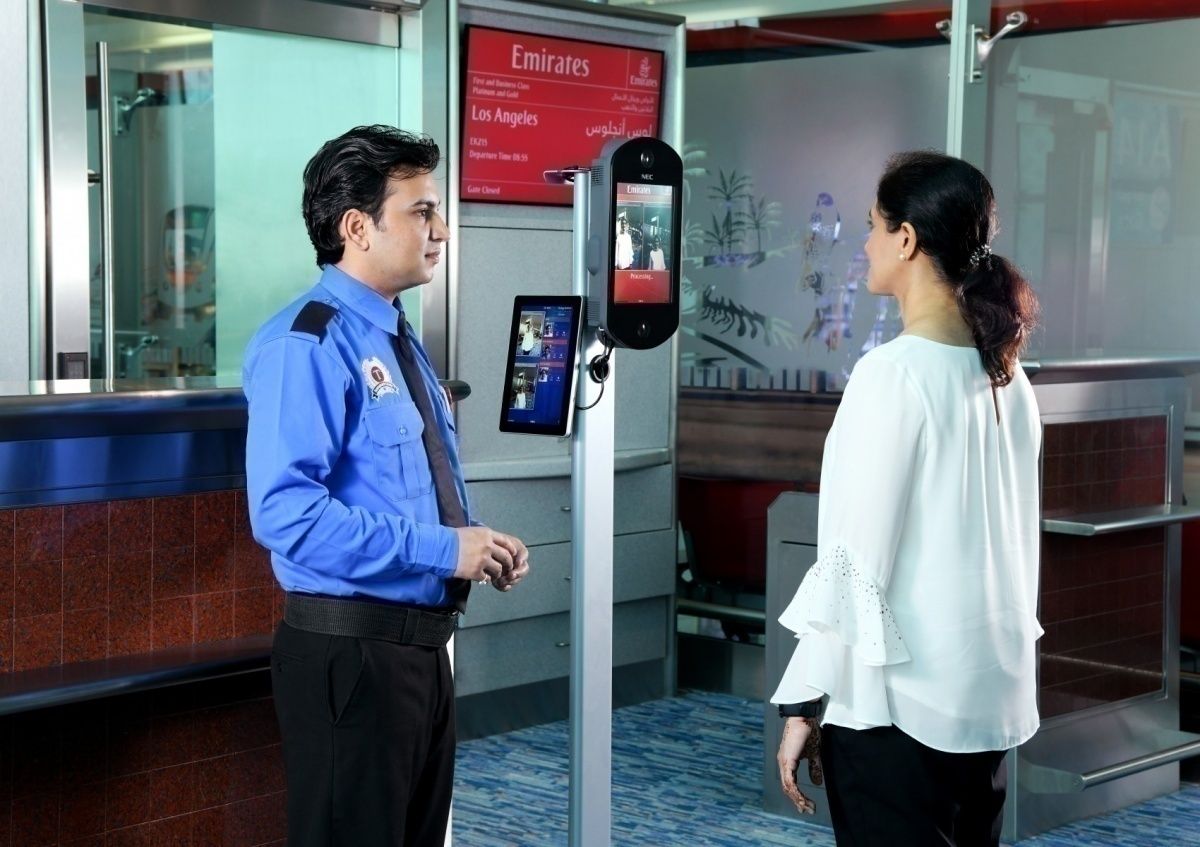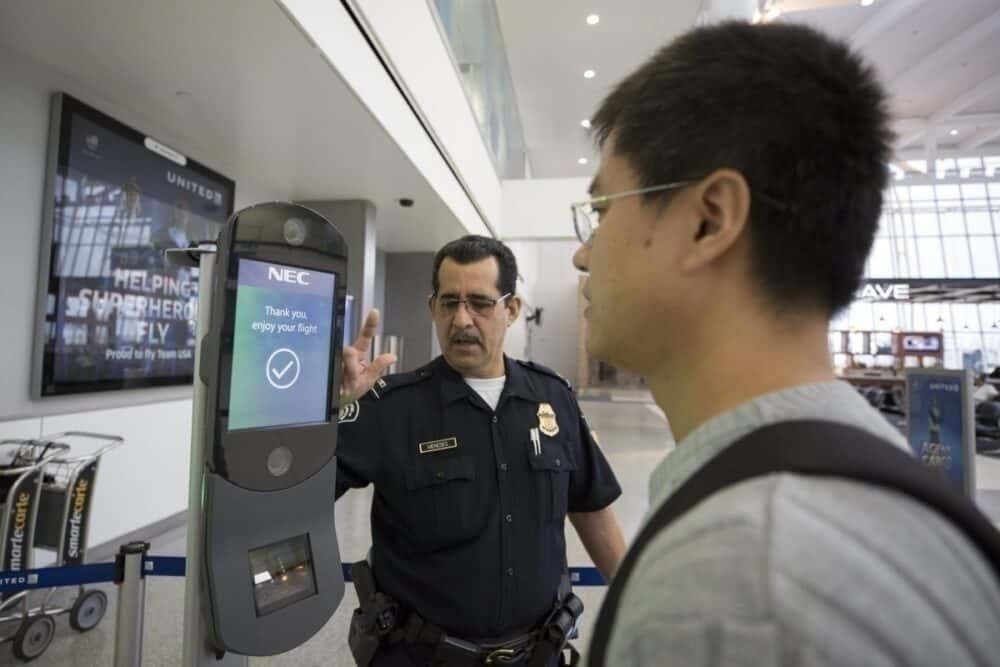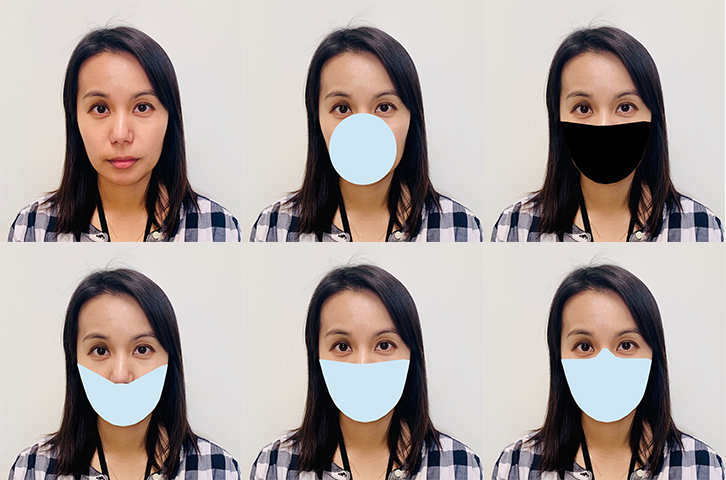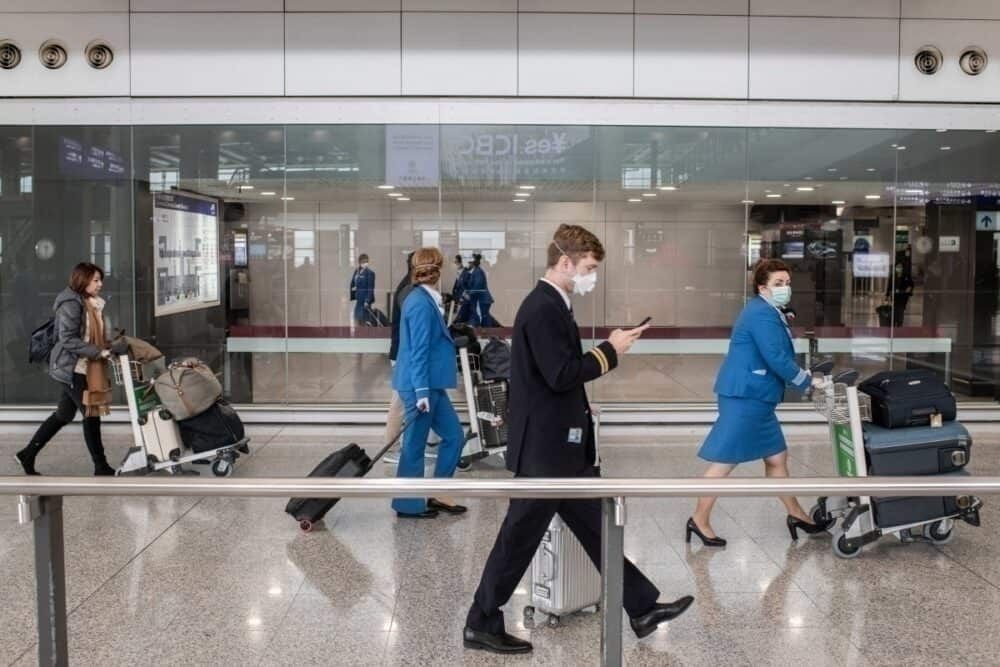Wearing a mask is commonplace for all portions of air travel today. But how can facial recognition technology at security checkpoints be expected to recognize us with half our face covered? Arun Vemury, Director of Biometrics and Identity Technology Center at the Department for Homeland Security (DHS), discussed the research being done to avoid this process, and how facemasks may well work with biometrics in future to allow us to wear a mask for the entirety of our journey.
How can mask-wearing and biometric recognition work together?
An obvious element of the ‘new normal’ for travel is the wearing of facemasks. Most airlines now require facial coverings to be worn on the plane, and the majority of airports are also demanding that we wear a mask to traverse the airport. However, this presents a problem when it comes to biometrics, and in particular, how we can be recognized when half of our face is covered.
Arun Vemury is the Director of Biometrics and Identity Technology Center at the Department for Homeland Security (DHS). Speaking at the recent World Aviation Festival, Vemury noted the challenge presented by passengers wearing facemasks in airports. He said,
“In many cases, photo IDs are the only or the best way that we have currently to use as a tool to verify our identity. The technologies we have right now obviously need to have the face visible. So, asking travelers to temporarily remove their mask and put it back on, seems to work, but it's not an ideal solution.”
Stay informed: Sign up for our daily aviation news digest.
Can your ID be verified while wearing a mask?
While the risk of contracting or passing on COVID from a momentary removal of a mask is limited, it’s still an unwelcome moment of friction in the passenger journey. We’re often told not to touch our mask more than we have to, so requiring it to be taken off and put back on again at several points along the air travel pathway is something that needs to be reviewed.
According to Vemury, the DHS is well aware of this and is already investigating ways in which this could be avoided. He said,
“We're working on a number of efforts to help reduce the amount of friction, as well as the number of touch points, a traveler may have during the identity verification process.”
Vemury referenced a specific study, conducted by the National Institute of Standards and Technology (NIST) into how facial ID could work in the presence of a mask. The preliminary study, published in July, found that it was going to be a tricky problem to solve.
Their research discovered that the top commercial facial recognition algorithms had error rates ranging from 5% to 50% in terms of matching a face wearing a mask to its photo ID. This is in comparison to a usual error rate of 0.3% for an unmasked face.
Some confounding factors were identified, such as the size and shape of the mask. Even the color of the mask could affect the system’s ability to recognize the face. On the positive side, false positives remained stable or even declined modestly. The error rates recorded were, in the vast majority, a false negative – i.e., rejecting the facial match to the ID because of the mask being worn.
Further research on the way
Although the preliminary tests did not result in a particularly positive outcome, they used algorithms designed for unmasked faces. NIST is now working on building algorithms for masked faces, which will be tested out in due course. Vemury pointed out that, even with a 5% failure rate, that would still mean 95% of passengers could pass security without having to remove their masks.
Nevertheless, the research continues, and Vemury is confident we’ll get to a point where we no longer have to remove our masks at the airport’s security checkpoints.
“The core technology seems to be coming together quite well, so there's a likelihood we will be able to verify some people's identity without requiring them to remove their mask. Now, this isn't a perfect 100% solution, but it may reduce risks for many travelers, as well as the frontline staff working in airports, who no longer have to ask travelers to remove them.”
Would you be pleased to see new biometric technology that allows you to pass through airports without removing your mask? Let us know your thoughts in the comments.




